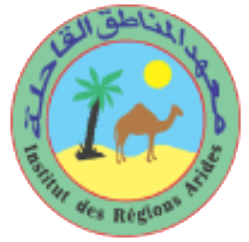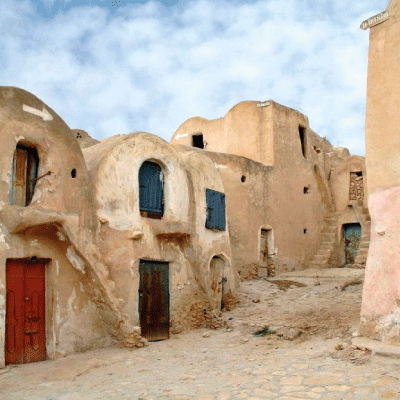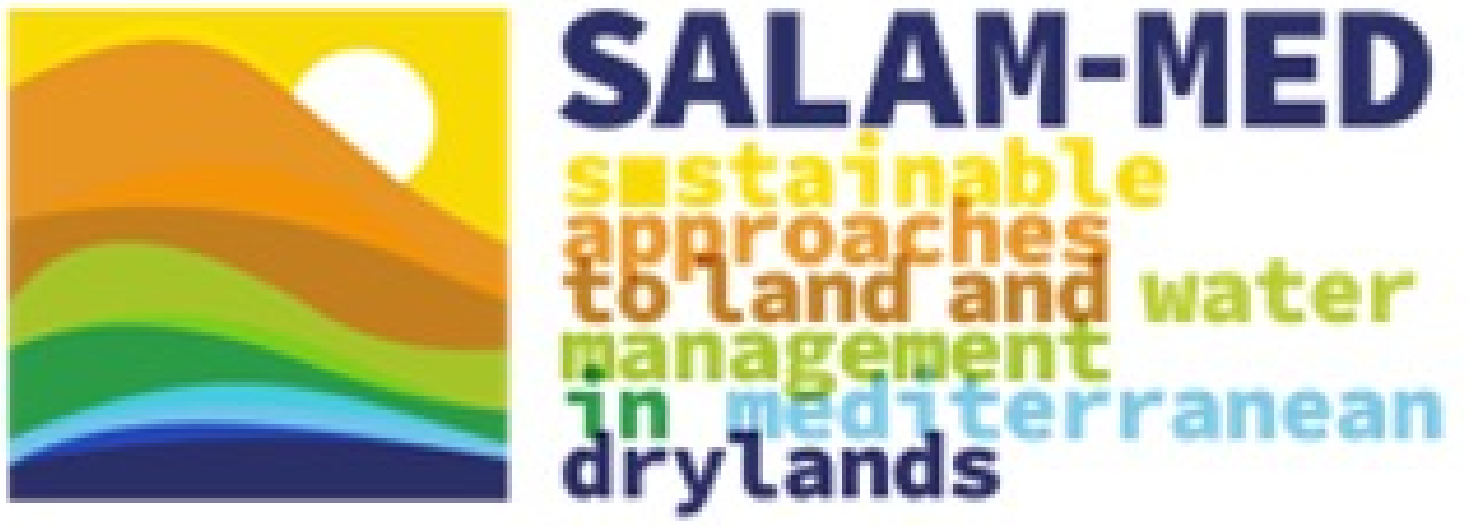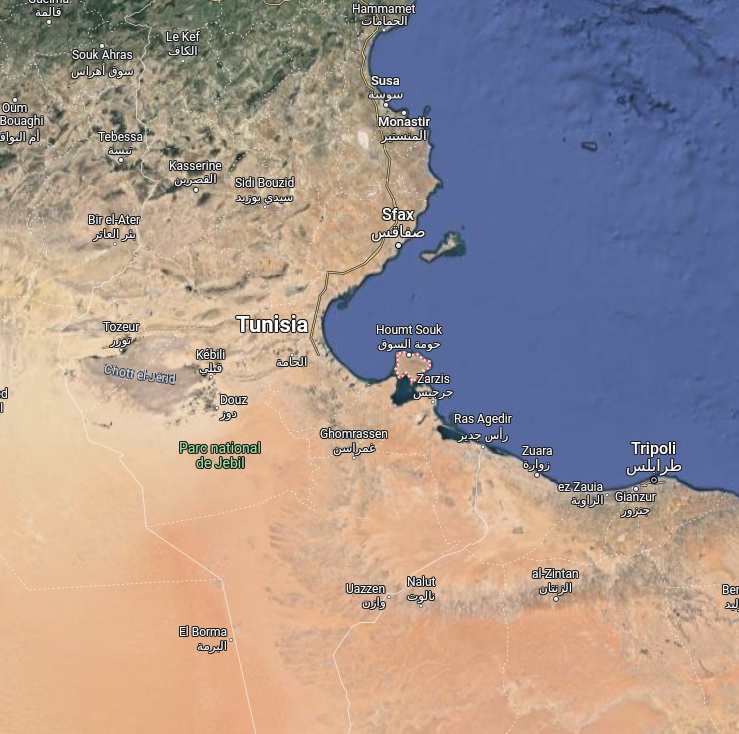Tunisia
In the Medenine Living Lab, SALAM-MED will test the role of Managed Aquifers Recharge (MAR) systems. These have an out-scaling potential in 22% of the MED drylands of North Africa, where drought, migrations and land abandonment are the main drivers of land degradation.
Technologies and Practical solutions developed here
Management of aquifer recharge systems
Leader

Institut des Régions Arides
Profile
Altitude: 650 m a.s.l.
Coordinates: 33.396° N; 10.328° E
Size: about 2300 km²
Mean annual temperature: 20.3 °C
Annual precipitation:100-200 mm
Mean annual ETo:1500 mm
Aridity index: 0.10
Local population: 100,000
Main land uses, crops and animals:
olives; rangelands, figs, cereals; goat,
sheep
Coordinates: 33.396° N; 10.328° E
Size: about 2300 km²
Mean annual temperature: 20.3 °C
Annual precipitation:100-200 mm
Mean annual ETo:1500 mm
Aridity index: 0.10
Local population: 100,000
Main land uses, crops and animals:
olives; rangelands, figs, cereals; goat,
sheep
Technologies and Practical solutions developed in this Living Lab
The restoration of sustainable agriculture in arid lands (AI=0.05-0.2) through MAR systems has an out-scaling potential in 22% of the MED drylands of N-Africa, where drought, migrations and land abandonment are the main drivers of land degradation.
Click on the cards below to learn more about the individual technologies tested in the living lab.


